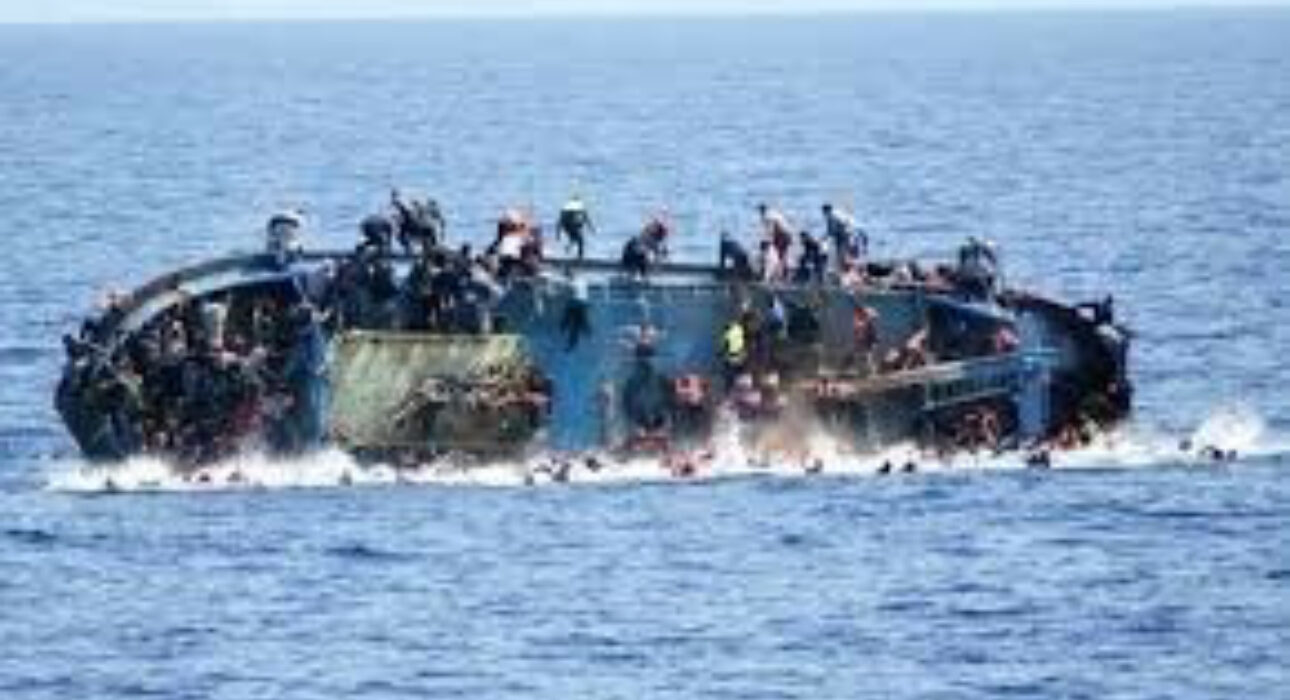76 Dead, Dozens Missing as Migrant Boat Capsizes Near Yemen

A migrant boat carrying over 150 people has capsized off the coast of Yemen, leaving at least 76 people dead and dozens more missing in what authorities are describing as one of the deadliest maritime tragedies in the region this year.
The incident occurred early Sunday in the Gulf of Aden, near Yemen’s southern Abyan province, a key waypoint for migrants traveling from the Horn of Africa to the Middle East.
According to the International Organization for Migration (IOM), the vessel was carrying primarily Ethiopian migrants attempting to reach the Gulf States in search of better economic opportunities. Rescue efforts are ongoing, but rough seas and limited local resources have hampered progress.
At least 32 survivors have been rescued and taken for emergency medical care, while dozens remain unaccounted for. Local authorities, working alongside international agencies, have continued recovery operations, retrieving bodies from the sea and along the coast. Security officials say the death toll could rise significantly as the search continues.
This disaster highlights the deadly risks associated with the Eastern Route—one of the fastest-growing and least safe migratory corridors in the world.
The path, which begins in countries like Ethiopia and Somalia, leads through Djibouti and across the Gulf of Aden into war-torn Yemen, before attempting to reach Saudi Arabia and other Gulf nations.
Despite Yemen’s ongoing civil war and humanitarian crisis, more than 60,000 migrants arrived in the country in 2024, driven by poverty, unemployment, and insecurity in their home countries.
Many rely on smugglers who pack boats beyond capacity and leave migrants exposed to extreme risks at sea.
The IOM noted that over 2,000 migrants have died or disappeared along this route since 2014, and 558 deaths were recorded in 2024 alone.
Following the disaster, the IOM called for urgent support for Yemen’s overburdened search and rescue systems. The agency emphasized the need for greater investment in migrant protection, safe migration alternatives, and more robust regional cooperation to tackle the root causes of forced migration.
Yemen’s hospitals and emergency services—already strained by years of conflict—have struggled to cope with the influx of bodies and injured survivors. Zinjibar hospital, located near the disaster zone, has taken in many of the victims.
Human rights organizations have also called for immediate action to prevent further tragedies. They warn that unless legal migration routes are expanded and conditions in migrants’ home countries improve, more desperate journeys—and deaths—will follow.
This is not the first time such a catastrophe has occurred in the region. In March 2025, four boats sank between Djibouti and Yemen, leaving over 180 migrants missing. In June 2024, a similar capsizing resulted in 49 deaths, with 140 still unaccounted for.
The continued recurrence of such incidents paints a grim picture of the migratory crisis on the Horn of Africa-Gulf corridor, which remains largely underreported despite mounting casualties.
As the world reels from yet another mass drowning of vulnerable migrants, humanitarian organizations are calling for a renewed focus on the global migration crisis.
The deaths off Yemen’s coast serve as a stark reminder of the desperation that drives thousands to risk their lives on treacherous waters—and the urgent responsibility of the international community to respond.
The identities of many of the dead have yet to be confirmed, but the majority are believed to be young Ethiopian nationals, many of whom may have been fleeing economic hardship or human rights abuses.
Recovery efforts are expected to continue in the coming days, though hopes of finding more survivors are fading. For now, the coast of Yemen bears the burden of yet another tragedy in a crisis with no clear end in sight.









